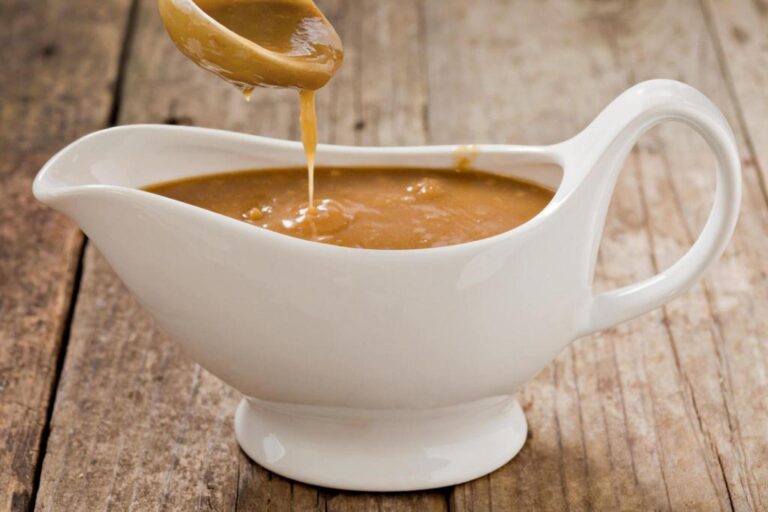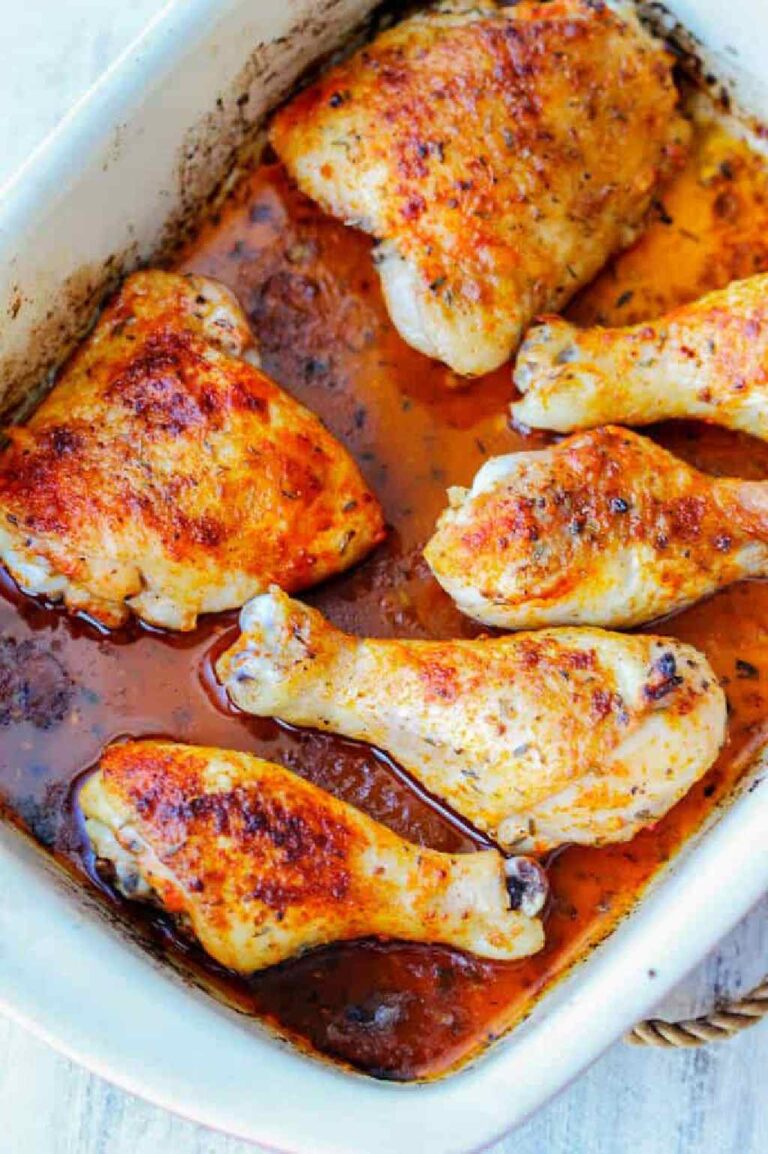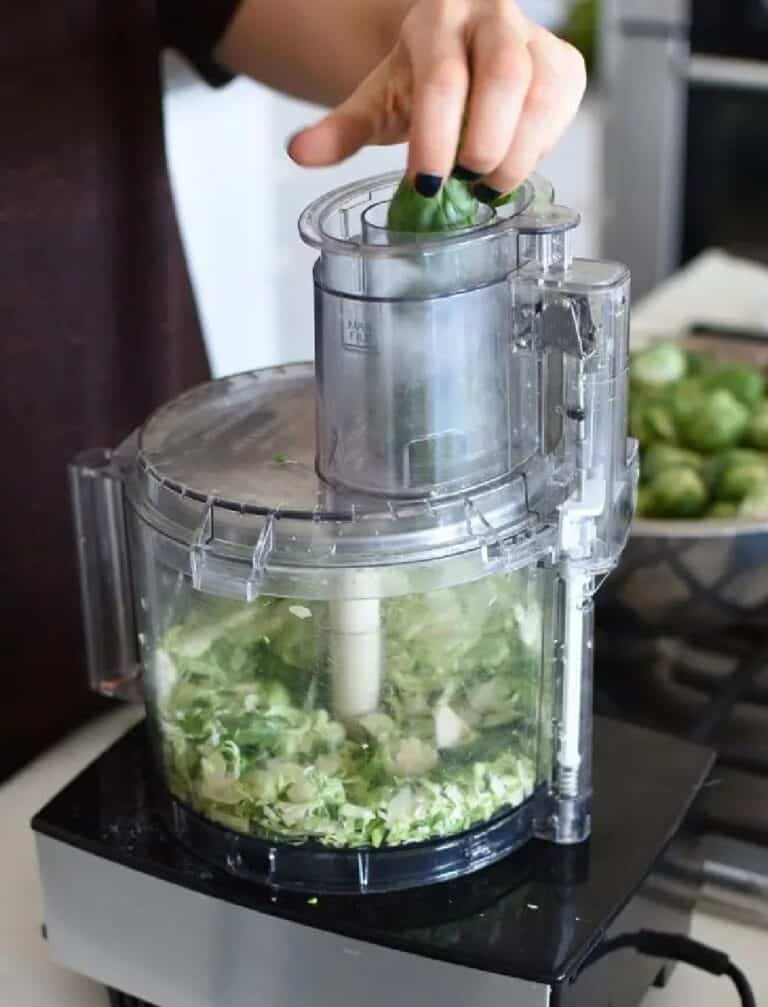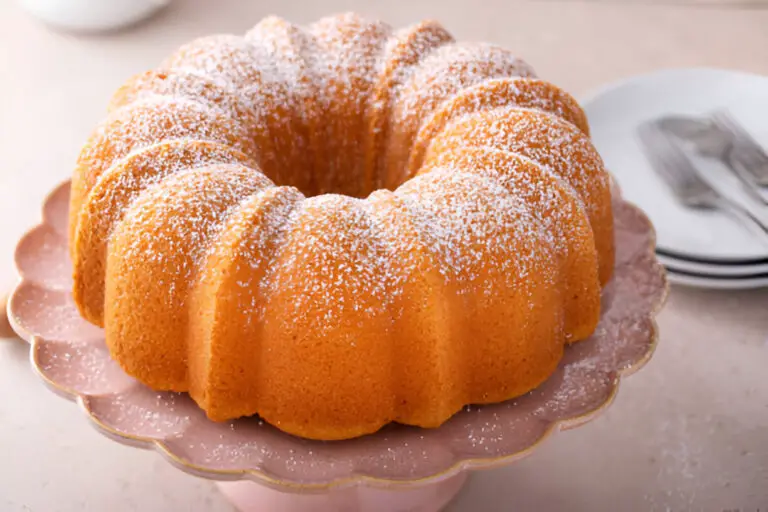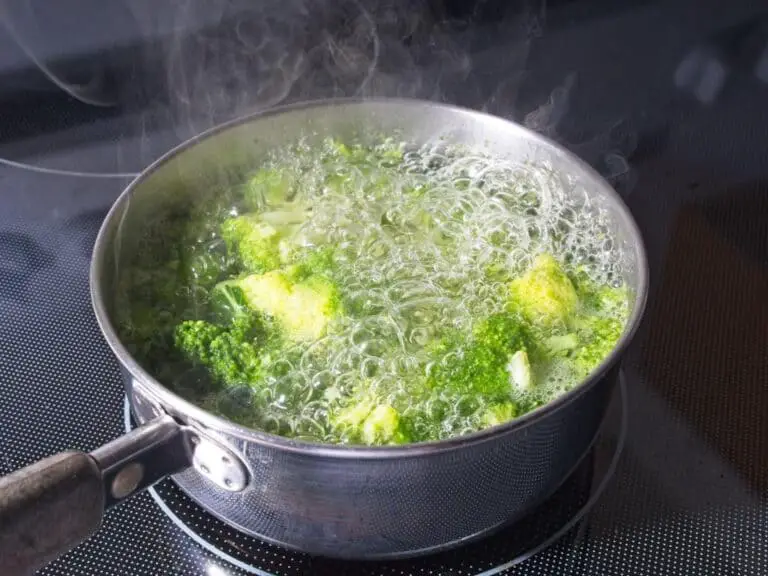Easy Tips for Cleaning and Cutting Yellow Squash at Home

Have you ever struggled with cleaning and cutting yellow squash? It can be a bit tricky if you don’t know the proper techniques.
Yellow squash, with its vibrant hue and tender texture, is a versatile vegetable that can elevate a variety of dishes. Whether you’re preparing a summer salad, a hearty stew, or a simple sauté, knowing how to properly clean and cut yellow squash is essential.
In this article, we’ll share easy tips that will make preparing yellow squash at home a breeze. Whether you’re a seasoned chef or a beginner, these tips will help you get the most out of your yellow squash. They will ensure it’s ready for any recipe you have in mind.
Why Clean and Cut Yellow Squash?
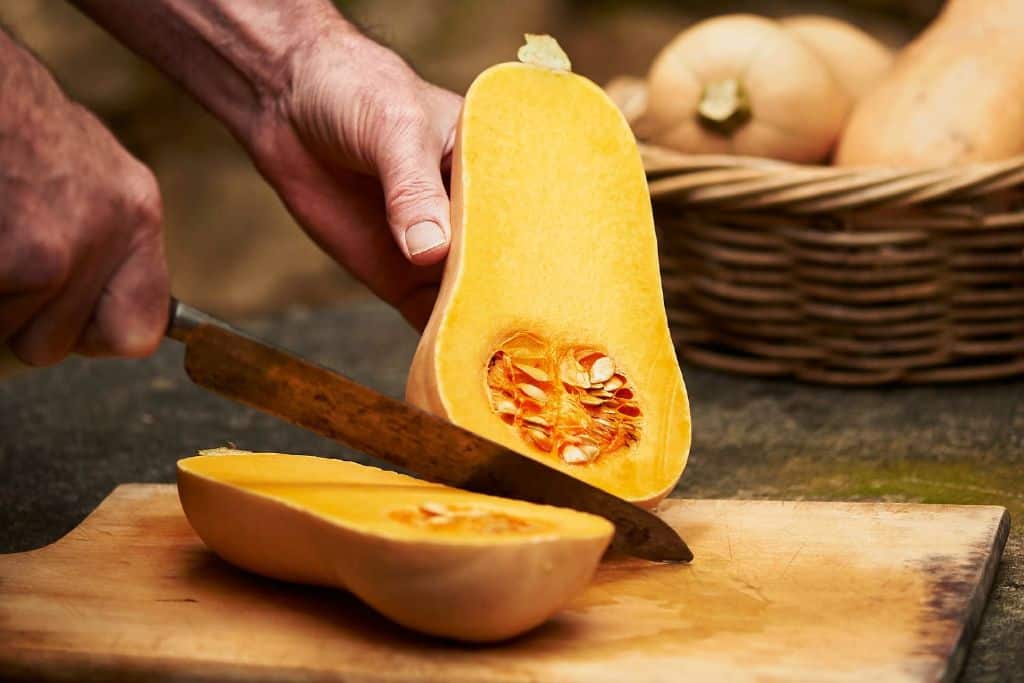
Before diving into the cleaning and cutting process, it’s important to understand why these steps matter. Properly cleaning yellow squash removes dirt, pesticides, and bacteria, making it safe to eat.
Without this step, harmful substances could make their way into your meals, posing potential health risks. Rinse and scrub the squash well. This makes it free from unwanted contaminants. Then, you can enjoy its fresh, natural flavor without worry.
Cutting yellow squash correctly is equally important. Properly cut squash ensures even cooking, which is essential for achieving the right texture and taste. Whether you’re sautéing, grilling, or baking, uniform pieces cook at the same rate. This stops some pieces from being undercooked while others become mushy. This consistency is key to creating dishes that are both delicious and visually appealing.
Benefits of Cleaning and Cutting Yellow Squash
| Benefits | Description |
| Safety | Removes dirt, pesticides, and bacteria |
| Even Cooking | Ensures uniform pieces for consistent texture and taste |
| Enhanced Flavor | Clean squash tastes fresher and more vibrant |
| Aesthetic Appeal | Well-cut squash looks attractive in various dishes |
In addition to these practical reasons, cleaning and cutting yellow squash can also enhance your culinary creativity. Perfectly prepared squash can be a star ingredient in a variety of recipes, from elegant salads to hearty casseroles.
Cleaning Yellow Squash
Step 1: Rinse Under Cold Water
Start by rinsing the yellow squash under cold running water. This initial rinse helps to remove loose dirt and debris. Use your hands to gently rub the surface, ensuring all parts of the squash are cleaned. If you have a vegetable brush, use it to scrub the squash lightly, especially if it’s particularly dirty.
Step 2: Soak in a Vinegar Solution
For a deeper clean, soak the squash in a vinegar solution. Mix one part white vinegar with three parts water in a large bowl. Submerge the squash and let it soak for about 10 minutes. This step helps to remove any lingering pesticides and bacteria.
Step 3: Rinse and Dry
After soaking, give the squash another rinse under cold water to remove any vinegar residue. Pat it dry with a clean kitchen towel or paper towel. Make sure the squash is completely dry before moving on to cutting.
Cutting Yellow Squash
Cutting yellow squash can vary depending on how you plan to use it. Here’s a step-by-step guide to different cutting methods:
Basic Slicing
- Trim the ends: Place the squash on a cutting board and use a sharp knife to trim off both ends.
- Cut in Half: For larger squash, cut it in half lengthwise. This makes it easier to handle.
- Slice: Lay the squash halves flat on the cutting board. Slice them into even, thin pieces. The thickness can vary depending on your recipe.
Dicing
- Trim and Halve: As with slicing, start by trimming the ends and cutting the squash in half lengthwise.
- Quarter: Cut each half again lengthwise to create quarters.
- Remove seeds (if necessary): If the seeds are large and tough, use a spoon to scoop them out.
- Dice: Cut the quarters into even cubes. The size of the dice can be adjusted based on your recipe.
Julienning
- Trim and Halve: Begin by trimming the ends and cutting the squash in half lengthwise.
- Slice Lengthwise: Cut the halves into long, thin slices.
- Julienne: Stack a few slices and cut them into matchstick-sized pieces.
Using Yellow Squash in Recipes
Now that you know how to clean and cut yellow squash, let’s explore some ways to use it in your cooking. Yellow squash is incredibly versatile and can be prepared in numerous ways.
Sautéed Yellow Squash
One of the simplest ways to enjoy yellow squash is to sauté it. Heat a tablespoon of olive oil in a skillet over medium heat. Add sliced yellow squash, season with salt and pepper, and sauté for about 5-7 minutes, until tender and slightly caramelized. Add minced garlic or fresh herbs for extra flavor.
Yellow Squash Casserole
For a comforting dish, try making a yellow squash casserole. Layer sliced squash in a baking dish, alternating with layers of shredded cheese and breadcrumbs. Pour a mixture of beaten eggs and milk over the top and bake at 350°F (175°C) for about 30 minutes, until the top is golden and the squash is tender.
Grilled Yellow Squash
Grilling yellow squash brings out its natural sweetness. Slice the squash lengthwise into thick strips. Brush with olive oil and season with salt and pepper. Grill over medium heat for about 3–4 minutes per side, until grill marks appear and the squash is tender.
Tips for Perfectly Cut Squash
- Sharp Knife: Always use a sharp knife to make clean cuts and avoid squashing the squash.
- Uniform Pieces: Try to cut the squash into uniform pieces for even cooking.
- Practice: If you’re new to cutting squash, practice makes perfect. At first, don’t let the uneven pieces deter you.
Troubleshooting Common Issues
- Squash is Too Soft: If your squash is too soft and difficult to cut, it might be overripe. Choose firmer squash for easier handling.
- Uneven Cooking: Uneven cuts can lead to uneven cooking. Take your time to ensure your pieces are as uniform as possible.
- Seeds in the Way: Large seeds can be scooped out if they interfere with your cutting. Smaller seeds are usually tender enough to leave in.
Do You Need to Peel Yellow Squash?
Surprisingly, you don’t. Summer squash, which includes yellow squash, has a tender skin that’s perfectly edible and cooks beautifully as part of the squash. The skin softens during cooking, adding texture and nutrients to your dish. So, leaving the skin on not only saves time but also enhances the flavor and nutritional value of your meals.
However, if you find the squash skin unappealing or if it feels particularly tough, you can peel it just as you would a potato. Using a vegetable peeler, gently remove the outer layer, making sure to keep as much of the flesh intact as possible. This method is quick and efficient, leaving you with smooth, skinless squash ready for your recipe.
In some cases, if the skin is too tough for a peeler, you might need to use a knife. Carefully slice away the outer skin, ensuring you handle the knife safely to avoid wasting any of the delicious squash. Whether you choose to peel it or not, yellow squash remains a versatile and nutritious ingredient for countless dishes.
Nutritional Benefits of Yellow Squash
Yellow squash is not only delicious but also packed with nutrients. It’s a great source of vitamins A and C, fiber, and antioxidants. Including yellow squash in your diet can contribute to better digestion, improved squash skin health, and a stronger immune system.
Conclusion
Cleaning and cutting yellow squash might seem straightforward, but following the proper steps ensures the best results in your cooking. From rinsing and soaking to slicing and dicing, each step plays a crucial role in making this vibrant vegetable shine in your dishes. With its versatility and nutritional benefits, yellow squash is a fantastic addition to any meal. So, next time you have this sunny vegetable on hand, you’ll know exactly how to prepare it for a delicious and visually appealing dish.


